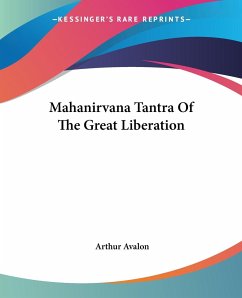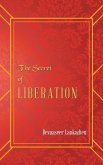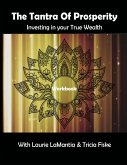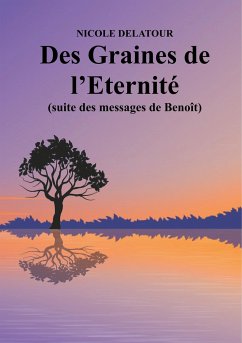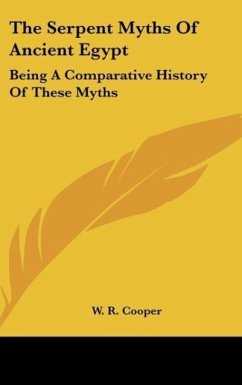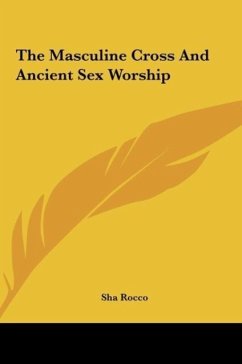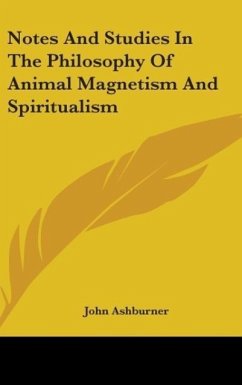The Mahanirvana Tantra of the Great Liberation is a book translated and annotated by Arthur Avalon, a prominent scholar of Indian philosophy and religion. The book is a classic text of Tantra, a spiritual tradition that emerged in India around the 5th century CE. The Mahanirvana Tantra is considered one of the most important texts of Tantra, as it provides a comprehensive guide to the practice of Tantra and its ultimate goal, which is the liberation of the individual soul from the cycle of birth and death.The book is divided into four parts, each dealing with a different aspect of Tantra. The first part provides an overview of the principles and practices of Tantra, including the role of the guru, the use of mantras and yantras, and the importance of meditation. The second part focuses on the worship of the divine feminine, or Shakti, and provides detailed instructions on the worship of various goddesses.The third part of the book is dedicated to the practice of Kundalini yoga, which is a central aspect of Tantra. Kundalini yoga involves the awakening of the dormant energy at the base of the spine and its ascent through the chakras, or energy centers, to the crown of the head. The Mahanirvana Tantra provides detailed instructions on the practice of Kundalini yoga, including the use of specific mantras and techniques.The final part of the book focuses on the attainment of liberation, or moksha, which is the ultimate goal of Tantra. The Mahanirvana Tantra provides a detailed description of the process of liberation, including the stages of spiritual evolution and the attainment of various states of consciousness.Overall, the Mahanirvana Tantra of the Great Liberation is a comprehensive guide to the practice of Tantra and the attainment of spiritual liberation. It is a valuable resource for anyone interested in the spiritual traditions of India and the practice of Tantra.Draw a triangle with the Maya Vija within it, and around it two concentric circles (the one outside the other). In the space between the two circumferences of the circles draw in pairs the sixteen filaments, and outside these the eight petals of the lotus, and outside them the Bhu-pura, which should be made of straight lines with four entrances, and be of pleasing appearance.This scarce antiquarian book is a facsimile reprint of the old original and may contain some imperfections such as library marks and notations. Because we believe this work is culturally important, we have made it available as part of our commitment for protecting, preserving, and promoting the world's literature in affordable, high quality, modern editions, that are true to their original work.

